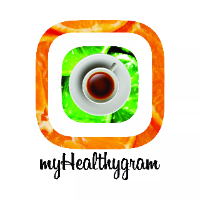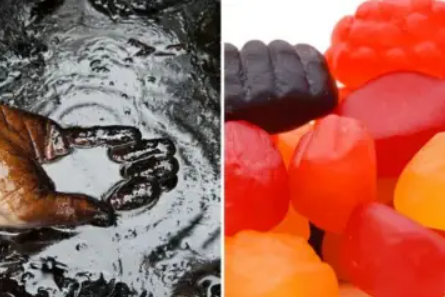Many foods use chemical food colours to enhance their colour or flavour. These synthetic chemicals are frequently manufactured of petroleum and contain a variety of other questionable ingredients.
Food dyes are found not only in candy and cereals, but also in baked products, soda drinks, and other unexpected items.
Several studies have linked artificial food colours to ADHD and allergies. According to studies published by the Centre for Science in the Public Interest, food colours have a high concentration of contaminants.
For example, Yellow 5 colouring contained up to 13% organic and inorganic components. One of the primary reasons that these food colourings are so prevalent in foods is because they make them more appetising.
According to the American Chemical Society, processed foods account for 70% of total food consumption in the United States. Many of these meals also contain food colours, which enhance its flavour, taste, and appearance.
Red dye 40 is another popular synthetic colour additive. This is the one associated with allergies and ADHD. Children may be more vulnerable to the consequences than others. This dye is also derived from petroleum. It has been cleared by the FDA for use in food and beverages.
Food makers frequently employ synthetic food colouring instead of natural choices because it produces a more uniform outcome with no undesirable flavours. Plus, they are less expensive.
Snacks containing petroleum-based chemicals have been linked with allergies, ADHD, and cancer.
A wide variety of foods and beverages include red colour 40. Here are the main ones:
- Candy
- Gelatin
- Confections
- Chewing gums
- Protein powder
- Energy and sports drinks
- Soda drinks
- Cereals
- Dairy products
Check the ingredient list to see if a food or drink contains this colouring. Although the quantity is not disclosed, producers are required to declare the contents by weight.
Other frequent names for this colour include E129, Red 40 Lake, Allura Red AC, Red 40, and CI Food Red 17.
The Link Between Red Dye 40 and ADHD
According to animal and human studies, synthetic colour additives such as this one are linked to ADHD symptoms as well as other neurobehavioral problems.
In 2011, the FDA stated that colour additives manufactured artificially have no significant side effects. However, subsequent study has revealed that it triggers ADHD symptoms, particularly in children.
According to scientists, this artificial dye, along with others, may be linked to behavioural abnormalities caused by the depletion of minerals necessary for growth and development, such as iron and zinc, as well as chemical changes in the brain and hypersensitivity.
The main signs of hyperactivity in children are poor focus, inability to sit still, excessive movement, inability to wait one’s turn, disrupting conversations, lack of feeling of danger, and fidgeting.
In adults, this behaviour manifests as excessive chatting and restlessness.
After reading this text you can also read about: Natural Treatments for Nail Fungus and Excessive Sweating!



